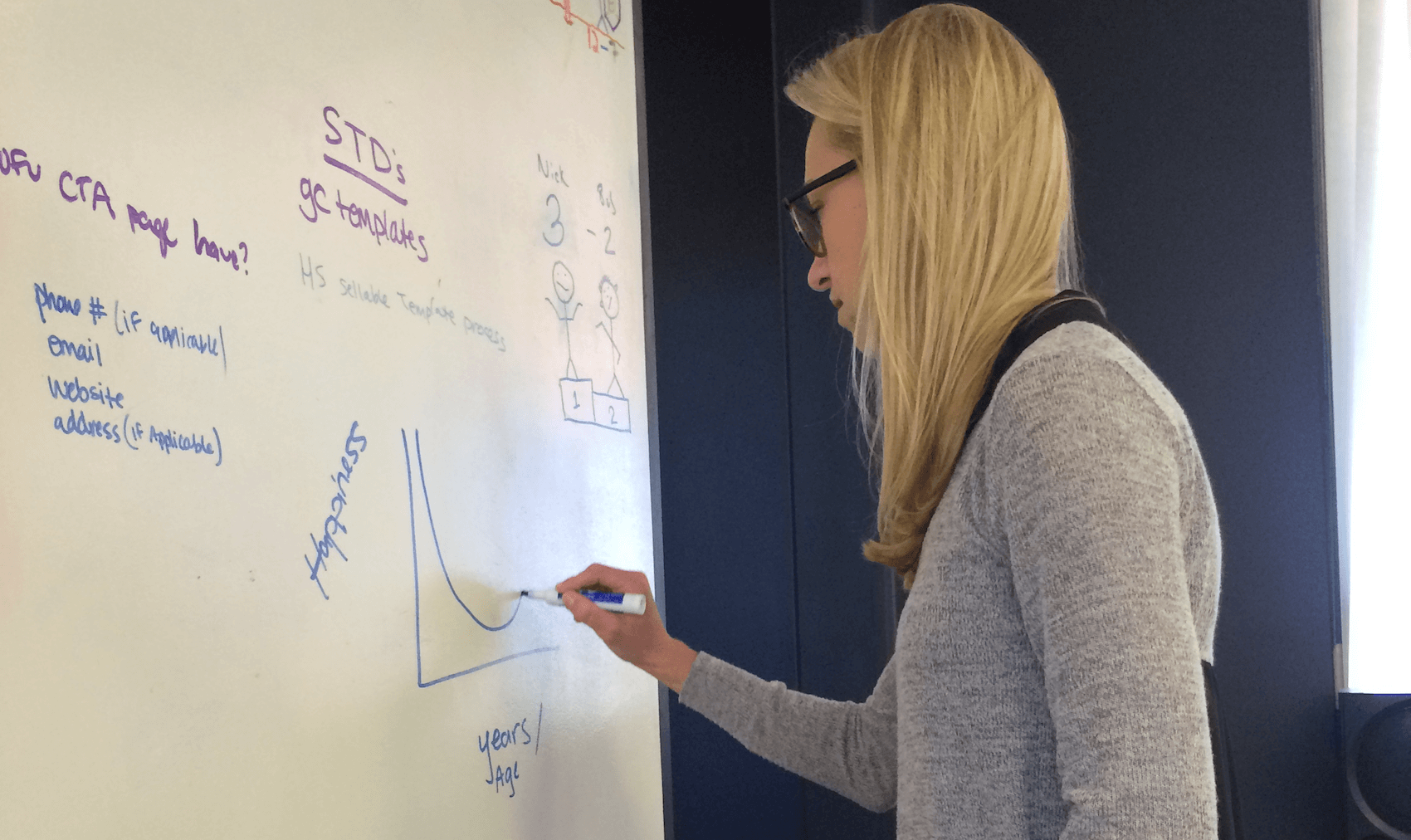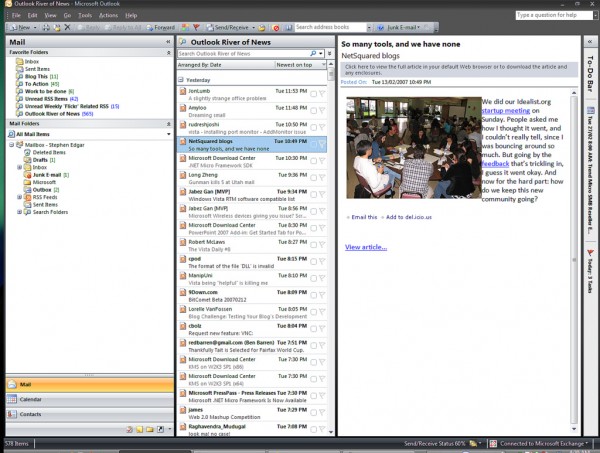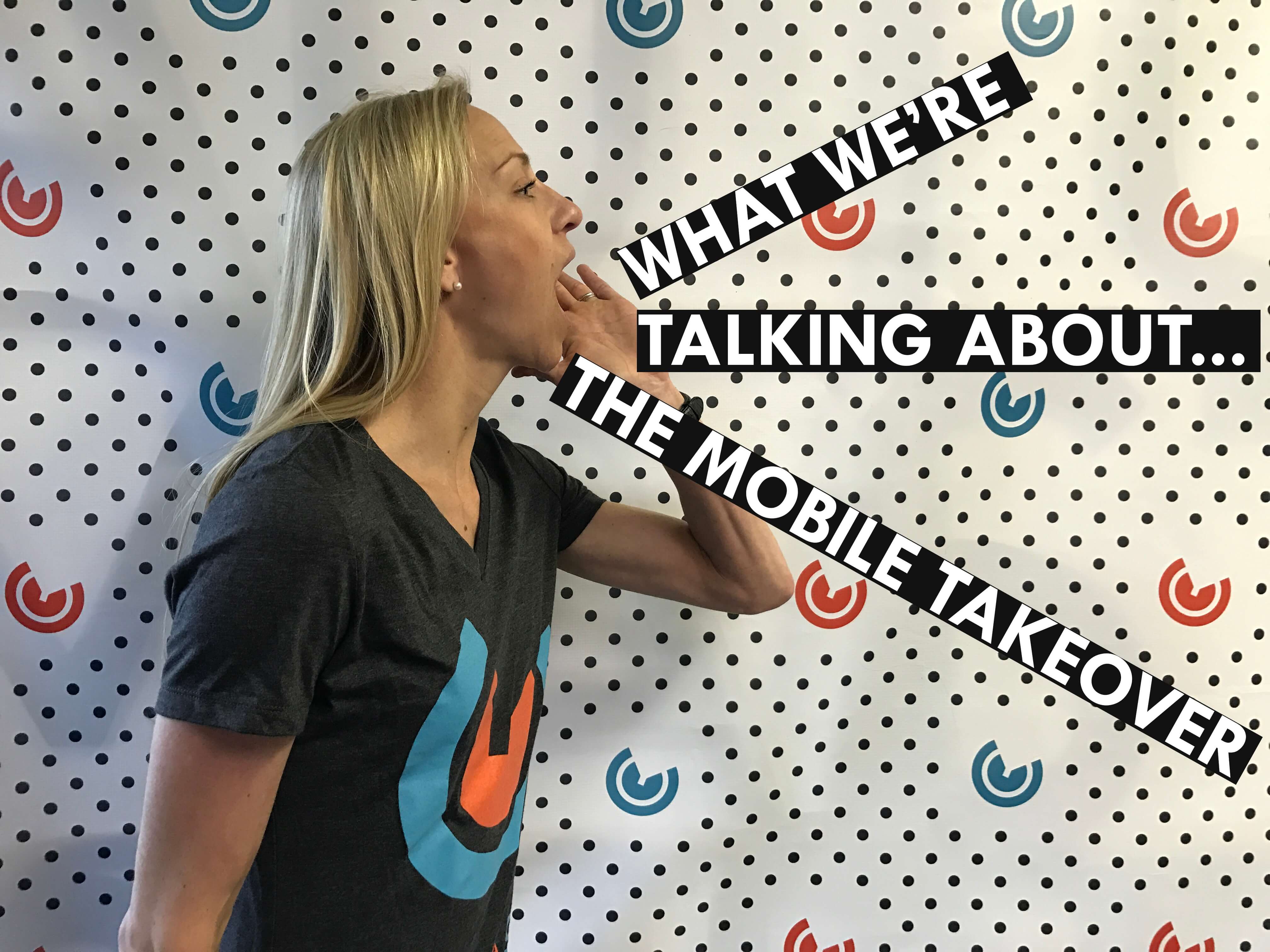Like a Glove: Finding an Email Client that Fits Your Business
These days owning a business without an email address is like owning a car without an engine. Now, we’re not naïve enough to assume this is news to...
I know what I am looking for, and would like to chat.
A team of data-driven marketers obsessed with generating revenue for our clients.
Because the proof is in the pudding.
At Campaign Creators we live by three principles: Autonomy, Mastery, Purpose.

If you're a business owner, you know that case studies are a vital part of client attraction. Not only do case studies allow you to showcase projects, but they also give your company a chance to reflect on things that have been done right (or possibly, not-that-right) and decide where you can improve for future projects. But, what is a case study?
In business, a case study is a way to conduct marketing analysis. A case study helps identify concerns and solutions in specific markets. Once aware of case study concerns and solutions, a business can resolve related internal or external affairs, and even promote their findings.
The idea for this blog originated when I myself was on a mission to create an impactful case study format for an inbound marketing client. Even though there are plenty of case study templates available, it was still a challenge to find one that would stand out from the rest -- or at least provide a structure to deliver better quality information.
Eventually, I got to the point where I wondered how hard it would be to simply imagine a case study format of my own. So, after a bit of contemplation and careful consideration, I realized that a proper case study consists of three simple things:
Let's breakdown each of these three steps.
The goal of the research and planning phase of the perfect case study format is to ensure that you're prepared and asking the right questions to solve for your case study hypothesis. It also ensures that the workflow you'll be following when conducting the case study is optimized and organized.
Once you solidify a strong foundation of research, you then must make your findings concrete by organizing them on paper. You can also use tools to aid you in your case study, including: campaign templates, marketing project plans, flow charts and interview questions.
It's up to you to discover how much of each of these to produce and how necessary they are to your specific case study. Ideally, employing these tools will help guide your team and your client, or clients, to success. From my experience, the better the documentation, the better the end result will be.
Let me elaborate on each of the tools I suggested, what they are and how they'll help you begin planning your case study.
A campaign template provides you with a step-by-step, organized plan to set goals for your case study, identify your target buyer persona, ensure you're clear in your message, and revalue which marketing channels are best for your case study. A campaign template is built by answering questions that solve for each of these measures, so make sure you're asking yourself the right questions, in order to have the best tool for your case study.
Depending on how detailed you'd like to get with your project plan, it can physically detail the why, what, who and when of a case study, which all basically give your case study meaning or life. Like a campaign template, project plans are a basis for beginning your case study, providing you a formatted layout for it either through a digital or non-digital document.
We talked about how to create a better marketing automation workflow in a previous blog post, which uses the same principles as a flow chart. Some of those same principles include:
Crafting a flow chart includes knowing the basic effect each action will produce. It is a defined plan of choices. Say, action A takes place, then actions B or C can occur, and when they occur, action D will then take place, and so on and so forth. It's, of course, up to you how you craft your flow chart, but if you've done your research, the steps which each action of your case study takes, will be more defined.
Although this blog post heavily compares how your website's homepage is like a job interview, I think point #4 hits home about why crafting great interview questions is important.
“Make sure to give your visitor a vehicle to enter into deeper conversation with you.”
This itself is a vehicle for better understanding the target audience of your case study. You'll want to know as much information about them as possible in order to know how their answers to your questions will impact the results of your case study.
Now, let's move onto the second step for following the perfect case study format. First, though, I'd like to say that each stage will be as important as the last.
Typically, ideas are nice in theory, but theory is just that - abstract and not yet concrete. So, unless you have the ability to see them through, they will go unnoticed. To ensure that your plan comes to life, begin surveying, interviewing and conducting workshop with your leads, customers and those that emulate your targeted buyer personas. So that your case study's execution goes flawlessly, work from the core plan that you built in Step 1: Research and Planning.
Next, I like to review key ideas when building a case study, which include: challenges, solutions, key statistics, candid analysis & response, and notable achievements. Allow me to elaborate on the relationship and significance each of these concepts embody within your case study.
Identify challenges that debilitate the progress of your case study; otherwise, any efforts you make will surely be for loss. Take into account challenges already established within the market of your case study; challenges that may arise with, specifically, your case study; and even challenges that may occur because of nuance changes you've made to your case study during its progression.
Examples of case study challenges could include:
Why should you identify challenges if you aren't going to identify solutions to those challenges? Finding solutions will reassure that the case study has substance to it, that the results you come across won't just fall through.
Key statistics are the data that you'll acquire while executing your case study. How you identify which data can be considered relevant and key for your case study depends on the relationship that that data shares with the case study itself. Is the data relevant? Does it answer particular queries or questions prompted by your case study? Does it disprove or prove the answer you sought out to find when you first established your case study? Key statistics, ultimately, are great to display as part of your case study results for those your company wishes to engage with.
I talked a little about this in the identifying solutions section, however, let me put just a bit more emphasis on it. Not acknowledging candid analysis and response can be like when you're about to do something really dumb, and everyone is telling you not to, but you just do it anyway.
Avoid that.
Rather, incorporate candid analysis in your case study methodology by, for example, looking at the performance of an email that you send out to your target audience. With the email outreach, you have the option of choosing text or html formatting. You can perform A/B testing to see which format performs better, and then, by analyzing your results in a candid manner, you can simply use the better performing one for future emails.
Don't be afraid to celebrate when you've come across results that are fantastic. It isn't so much that you're flaunting the expertise shown by your case study, rather you're providing the audience that will see your results with a firmer basis for why your company is the gold standard in its market.
Even before publishing your results, notable achievements might present a turning point for your case study - depending on what you find. Maybe even follow the path that reveals itself to uncover other notable achievements.
The last step for a perfect case study format is to present your information in a clear and concise manner.
Case studies are one of the best business-to-business (B2B) tools out there. They are relatable, tangible, and (hopefully) well-organized. They are representations of what it is like to work with a company like yours. However, if you only stop at identifying and solving for the case study, you're still missing out. Take advantage of what you learned and market it!
Get your case studies designed, printed, framed, digitized, distributed, or bound and they will continue to serve you through various marketing channels. Where you distribute this information depends largely on your target audience or persona (some of my favorite favorite channels are: Pinterest, Slideshare, YouTube, Reddit, LinkedIn).
As a final tip— when you go to create your case studies, remember that the best path is not to talk solely about your company and the great things that it has done. Rather, put yourself in the client’s shoes and try to envision what their perceived experience was, and how to best turn that into a story that is both intriguing and makes sense. Want to start building your own case studies? Then get into the mind of your buyer persona's with your free workbook: How to Create Buyer Persona's for Your Business.

These days owning a business without an email address is like owning a car without an engine. Now, we’re not naïve enough to assume this is news to...

The San Diego HubSpot User Group had been running educational events focused on the HubSpot platform for 2 years before Campaign Creators became a...

Smartphones are getting so smart that we rely on them so much for information and being in contact with others. Last year, Americans spent an average...